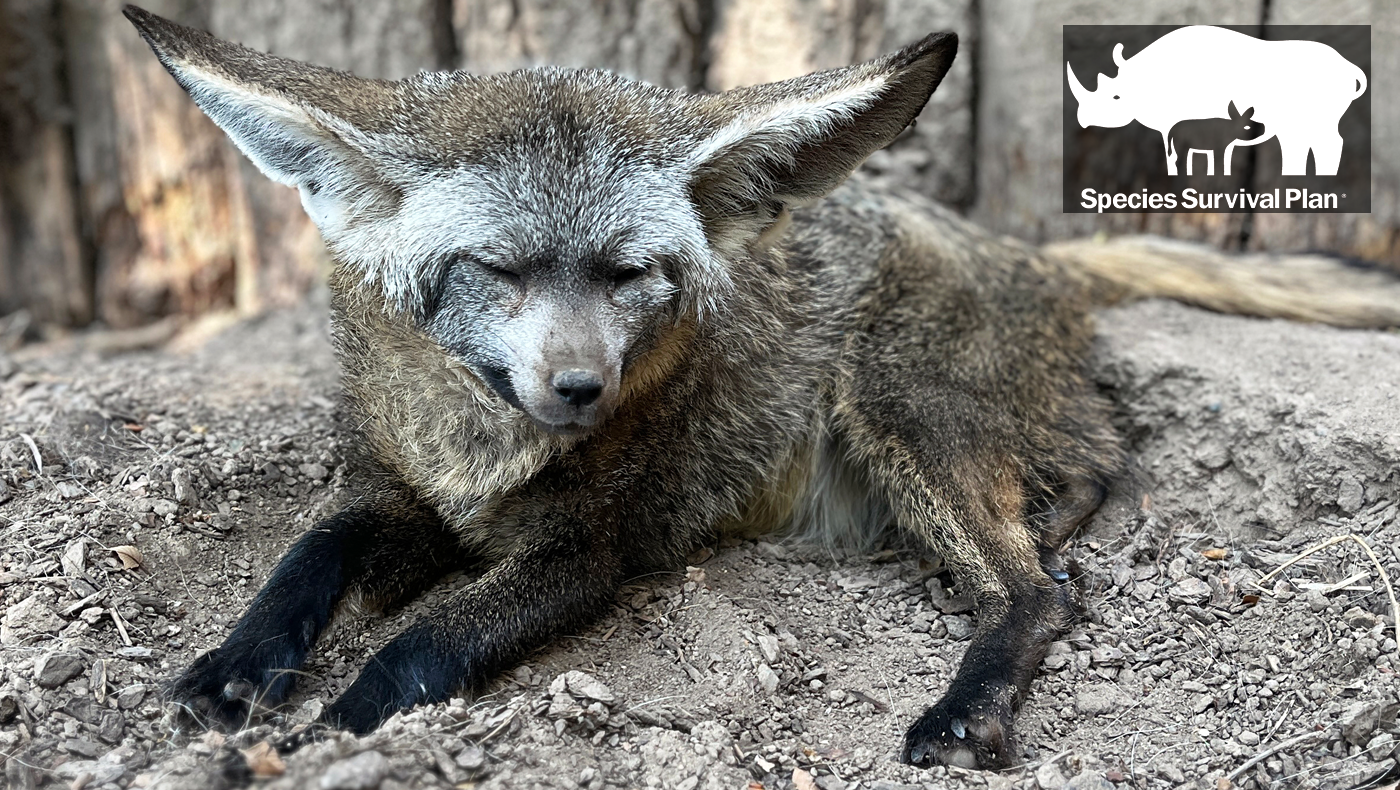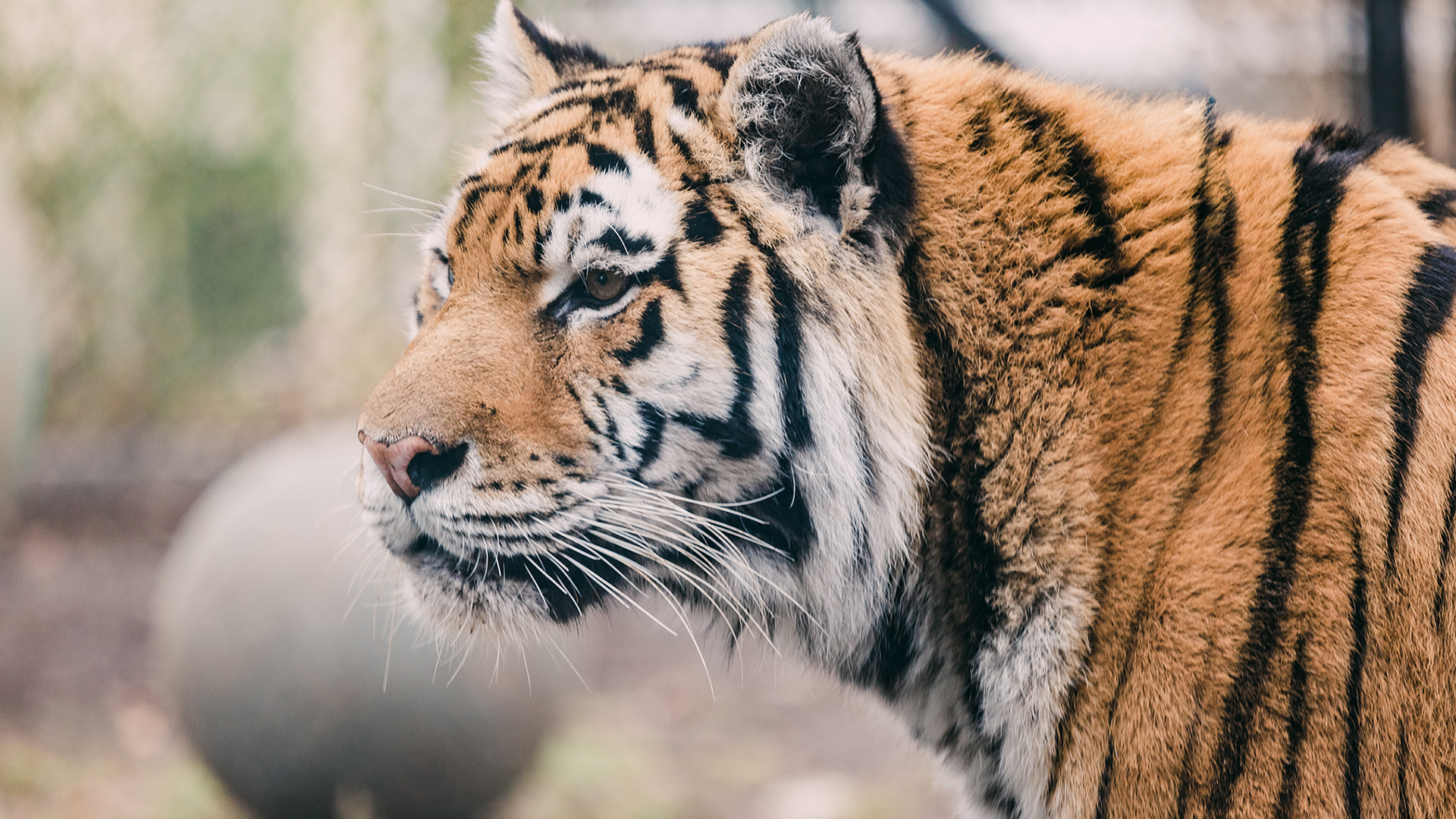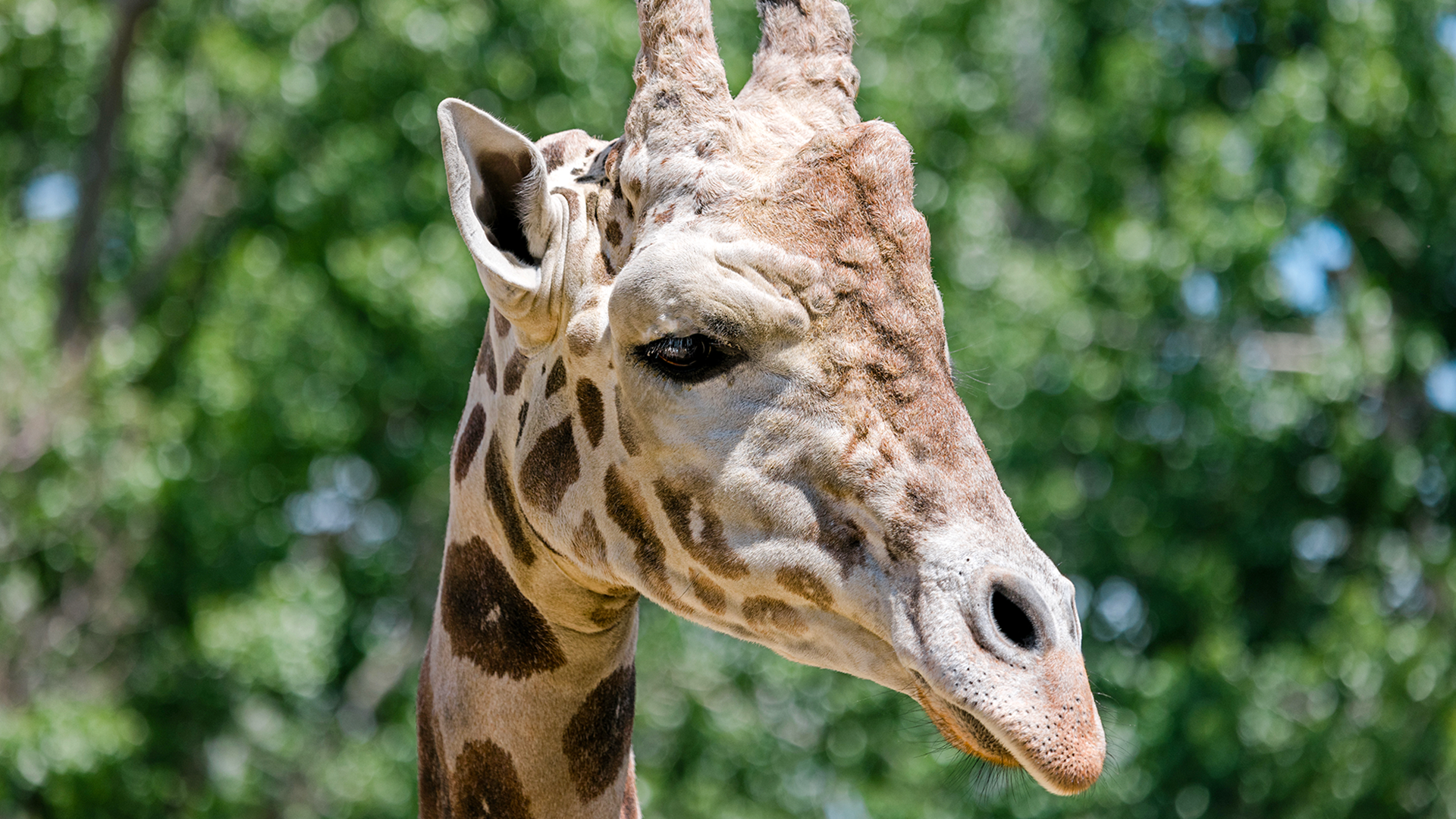Have you heard? They probably have.
This fox’s enormous ears – usually five inches long – help them stay cool and provide a very keen sense of hearing to catch prey. They can hear a single insect crawling or burrowing up to a foot underground! They then crunch on these snacks with 46-50 teeth – more than any other canine.




